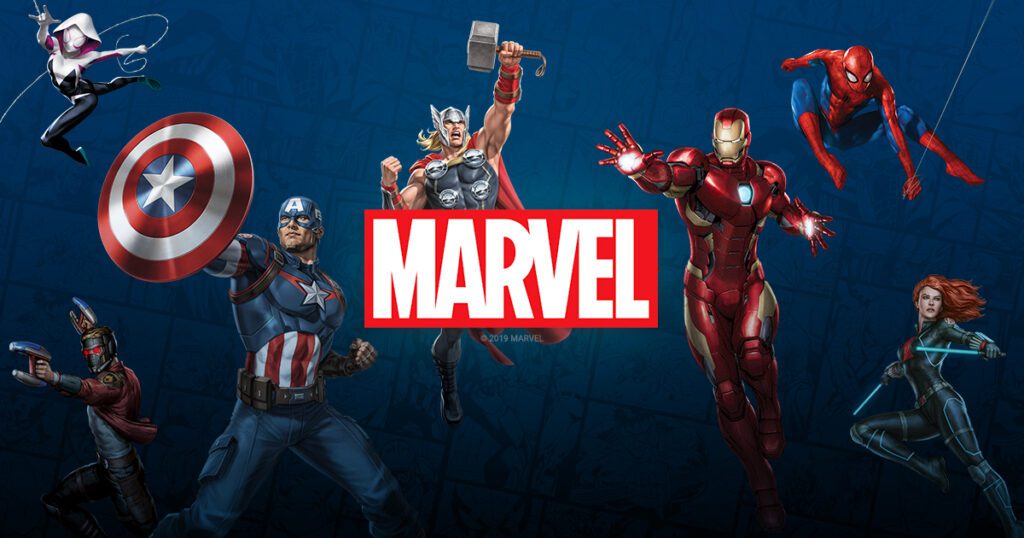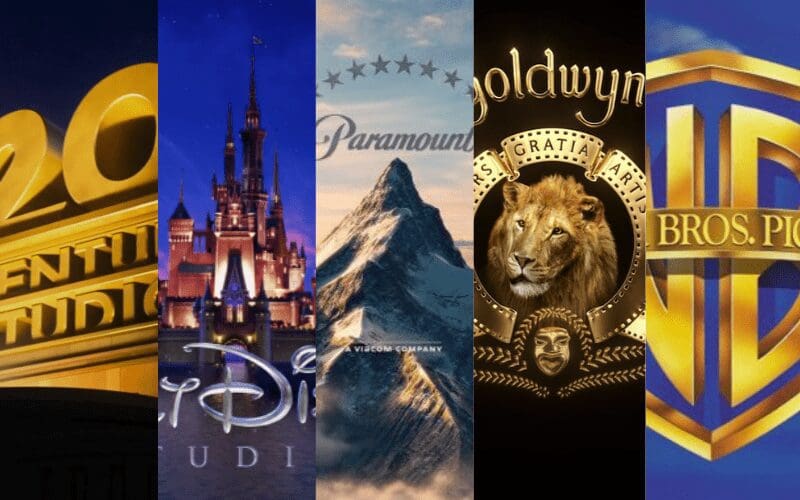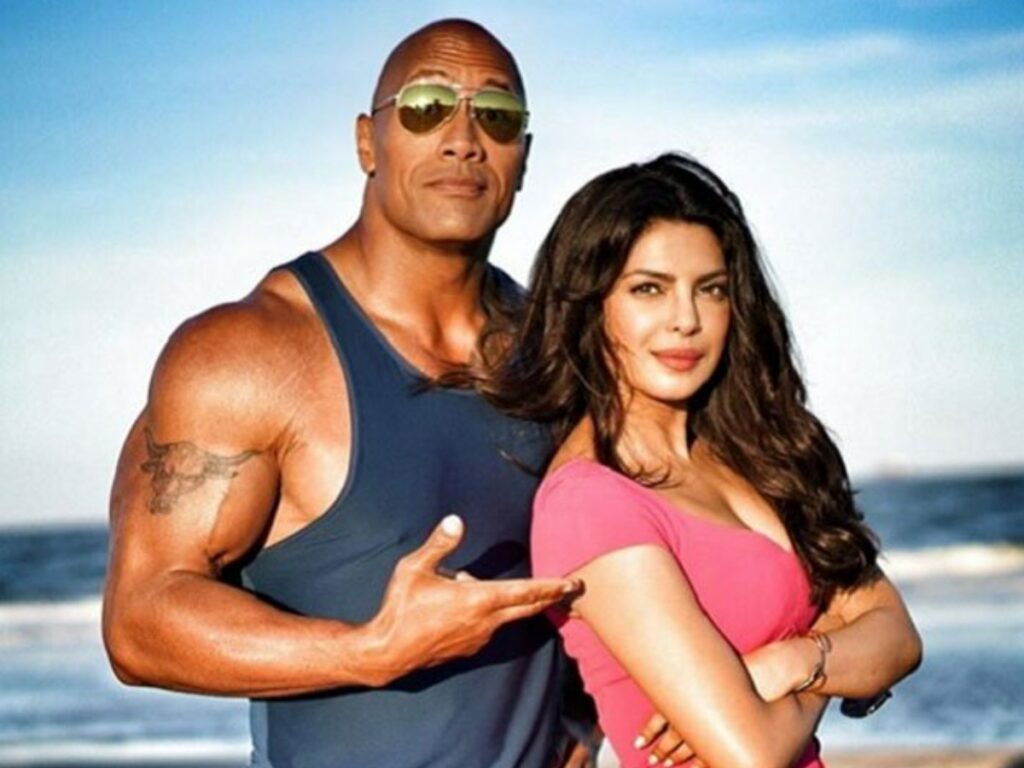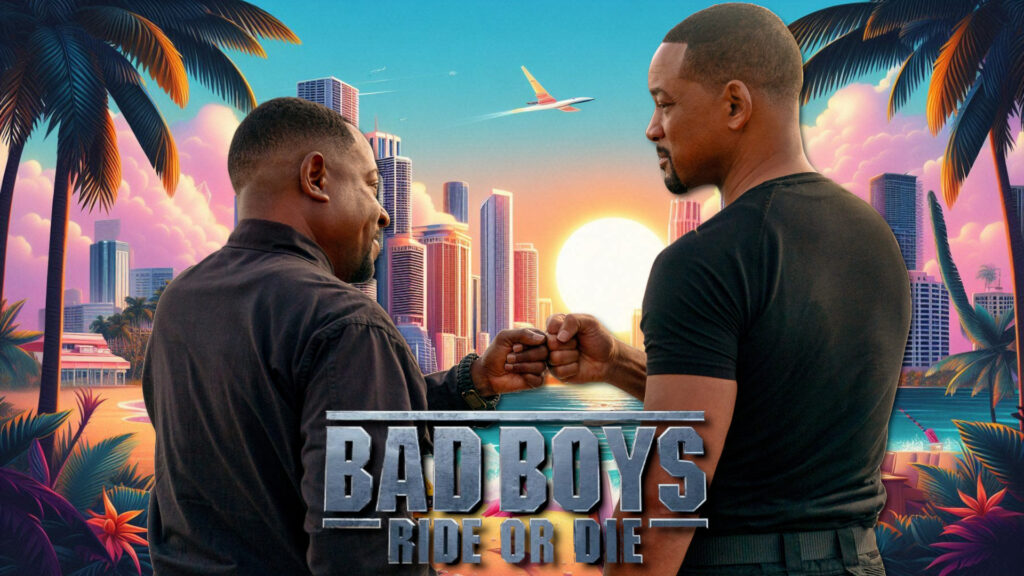Marvel, one of the most influential entertainment companies in the world, has a storied history filled with notable achievements, innovations, and cultural impacts. Its evolution from a small comic book publisher to a global entertainment powerhouse is a testament to its enduring appeal and adaptability.
Founding and Golden Age (1939-1960s)
Marvel’s origins trace back to 1939 when Martin Goodman founded Timely Publications. The company made its mark with its first comic book, Marvel Comics , introducing characters like the Human Torch and the Sub-Mariner. The early 1940s saw the debut of Captain America, a creation of Joe Simon and Jack Kirby. Captain America Comics 1 became a major hit, especially resonating during World War II with its patriotic themes and heroic narrative.
Atlas Era (1950s)
In the early 1950s, Timely Publications evolved into Atlas Comics. This period was marked by a diversification of genres beyond superheroes, including horror, science fiction, and romance. Despite the genre expansion, the company struggled to maintain the same level of success it enjoyed during the 1940s.
Silver Age and the Marvel Revolution (1960s-1970s)
The modern era of Marvel truly began in 1961 with the release of Fantastic Four by Stan Lee and Jack Kirby. This comic marked the beginning of what would become the Marvel Universe, characterized by a shared continuity among its stories and characters.
Following the success of the Fantastic Four, Marvel introduced several iconic characters:
– Spider-Manin Amazing Fantasy (1962)
– Hulk in The Incredible Hulk (1962)
– Thor in Journey into Mystery (1962)
– Iron Man in Tales of Suspense (1963)
– X-Men and The Avengers in 1963
Marvel’s characters were distinct for their human flaws and complex personalities, which appealed to a broad audience and established Marvel as a cultural phenomenon.
Bronze Age (1970s-1980s)
During the 1970s, Marvel continued to expand its roster with characters like the Punisher, Wolverine, and the New X-Men. This era also saw the introduction of more diverse characters, such as Luke Cage and the Falcon, reflecting the changing social landscape.
The 1980s marked Marvel’s pioneering efforts in the graphic novel format and major crossover events like Secret Wars (1984). Financial success continued with popular series such as The Uncanny X-Men and The Amazing Spider-Man.
Modern Age (1990s-Present)
The 1990s were a tumultuous period for Marvel, marked by a speculative boom and subsequent market crash that led to the company’s bankruptcy in 1996. However, Marvel rebounded by focusing on licensing characters for movies and TV shows, setting the stage for a remarkable comeback.
In the early 2000s, Marvel began producing its own films. The release of Iron Man (2008), directed by Jon Favreau and starring Robert Downey Jr., launched the Marvel Cinematic Universe (MCU). This interconnected film series became a massive success, leading to blockbuster franchises like The Avengers, Guardians of the Galaxy, and Black Panther.
In 2009, The Walt Disney Company acquired Marvel Entertainment for $4 billion. This acquisition provided Marvel with the resources and distribution channels to expand its reach even further.
The MCU continues to dominate the box office with its phases of interconnected stories. Marvel has also expanded into streaming with series on Disney+, such as WandaVision, The Falcon and the Winter Soldier, and Loki.
Legacy and Cultural Impact
Marvel’s journey from a small comic book publisher to an entertainment powerhouse showcases its ability to adapt and innovate. Its characters and stories, known for their human flaws and complexities, continue to resonate with audiences worldwide, reflecting societal issues and evolving with the times.
From its humble beginnings to its current status as a cornerstone of global pop culture, Marvel’s impact is undeniable. Its legacy is not only preserved through its comics and films but also through its profound influence on generations of fans and creators alike.







